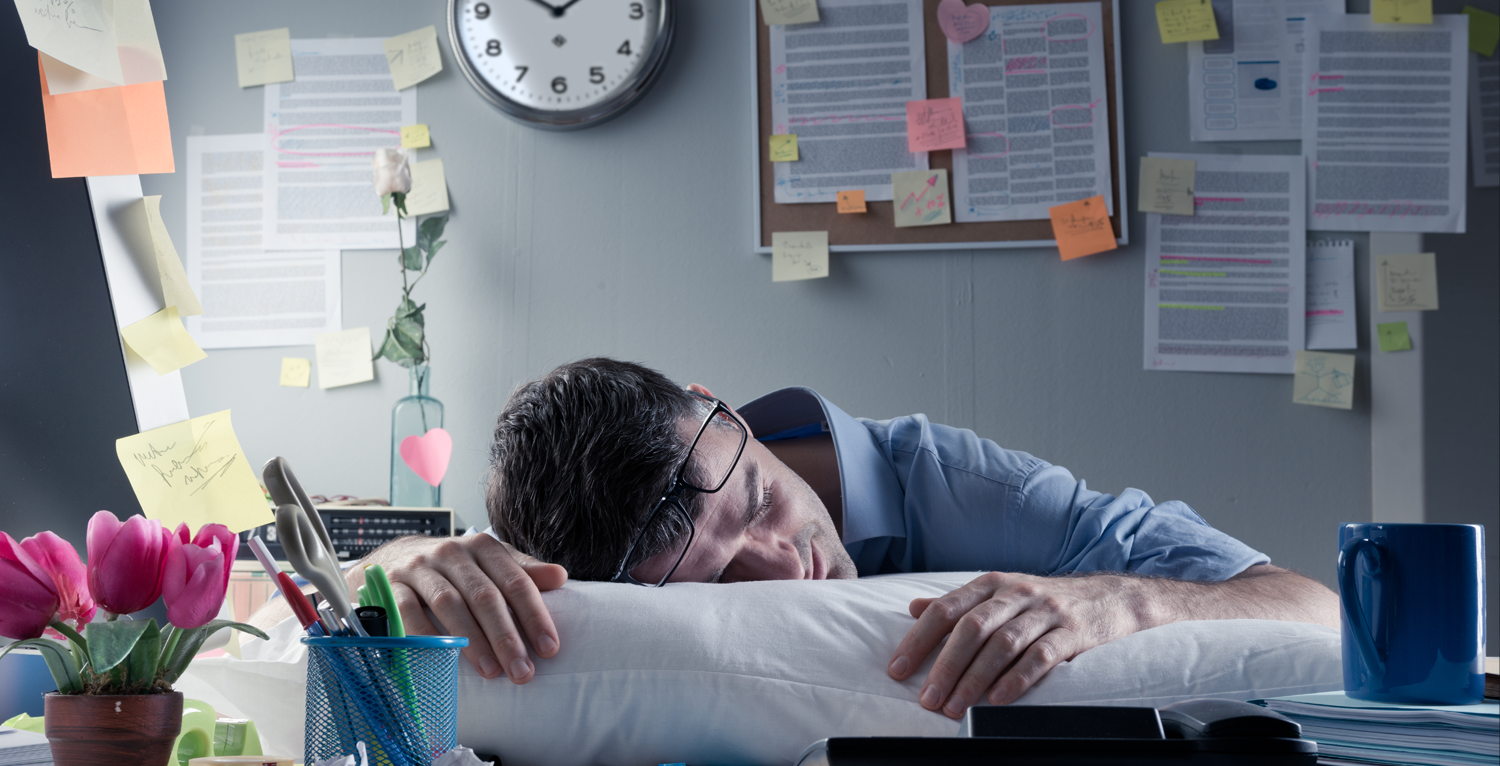
Rise and Grind: Should Napping at Work be a Wellbeing Strategy?
Napping at work is not a new phenomenon. 42.7% of US employees have admitted that they regularly nap at work, and a separate study found that the average remote-working Briton was taking three lunchtime naps per week.
This aligns well with results from our own poll, which found that 66% of respondents were either already doing it or open to the idea of it.
It is no surprise that with the significant rise of remote working, employees have started to feel more comfortable taking a nap. Your bed is quite literally a room away. But instead of this midday snooze being a surreptitious endeavour, should employers actually be encouraging their staff to do so?
In many cultures, napping in the middle of the day is already embedded. Most notably in Japan, where this practice is known as ‘inemuri’. Employers see it as a positive thing when staff are napping during the workday, as it highlights that they have been working hard.
In Spain and Italy, a ‘siesta’ or ‘riposo’ is woven into their workdays, at which point office workers, shops and restaurants will close down for a couple of hours in the middle of the day. However, while the word siesta translates to nap, this is actually a very common misconception, as most workers don’t have enough time to commute back home to sleep and then return.
Unless, like Japan, they were given space to sleep comfortably from the office itself. The Japanese have chairs that actually fold out into makeshift beds. And if this sounds surreal, it may be a shock to discover that huge companies have already installed designated areas for staff to catnap. Google make use of their ‘Shhh Zones’, while Amazon are using nap pods.
This encouragement of napping can reap a lot of business benefits – there is evidence to show that napping is great for brain health, as it can improve your mood, engagement levels and productivity, all the while reducing anxiety and physical/mental tension.
One study has even found that 55% of nappers were in managerial roles, compared with 41% of non-nappers. On top of this, over half of nappers (53%) had received promotions in the last year, whereas only 35% of non-nappers had.
This is because naps actually fit neatly into our body’s natural circadian rhythm. Psychologist and author of Take a Nap! Change Your Life, Sara Mednick, explains that people get a dip in the middle of the day where body temperature decreases and cognitive processes are not as strong. Typically, people would have a coffee around this time, but biologically this is your body telling you to take a rest. This stems from the fact that, historically, humans were biphasic (we slept twice a day) but we have now become monophasic (we sleep once, at night).
To clarify, this does not mean that an employee should be worked so hard that they feel physically exhausted. But our bodies are built to benefit from napping, and so it may be time to start challenging the stigma surrounding sleep at work, and examining whether encouraging napping could be a part of your wellbeing strategies to ward off burnout and boost productivity.
Copyright OrgShakers: The global HR consultancy for workplace transformation founded by David Fairhurst in 2020